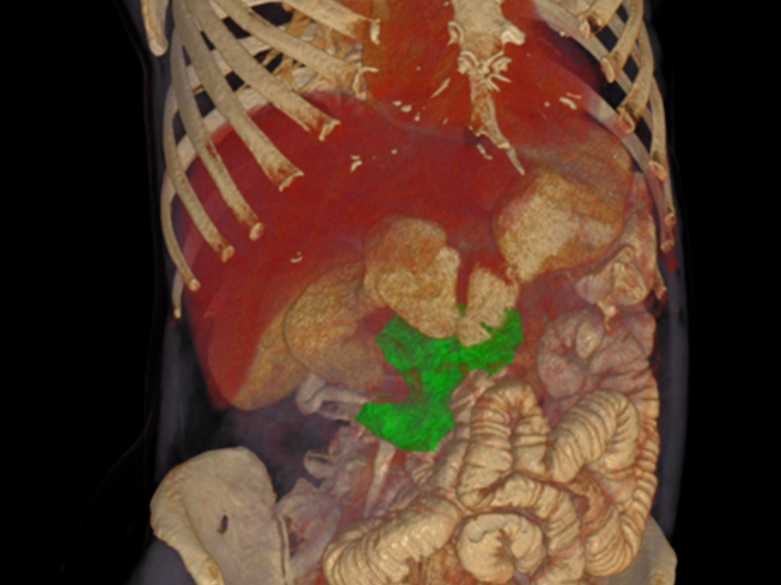Medical engineering: Radiation dose, Personalization and Automation
Group members:
- Prof. Dr. Matthias May
- Dr. Marco Wiesmüller
- Dr. Markus Kopp
- PD Dr. Rafael Heiß
- Dr. Matthias Wetzl
- Dr. Frederik Geißler
- Sascha Daniel
- Theresa Rüttinger
- Maximilian Bachl
Summary
X-Ray imaging has revolutionized medicine. Computed tomography is widely available and rapid, providing details that are three-dimensional and, in most situations, explicit. Its vast application accounts for the majority of medical radiation exposure in Western populations, concerning both patients and medical staff. The linear-no-threshold model for biological radiation dose–response is widely accepted and implies the “as low as reasonably achievable” (ALARA) principle for the use of radiation dose. It appears mandatory to know potential risks, on one side, and the tools that are available for radiation dose optimization, on the other side. However, the actual art of CT is to adapt this knowledge to every individual situation. A low dose in a young patient could potentially result in a higher extent of stochastic radiation damage than a repetitive high radiation dose in an elder oncologic patient. Our aim ist to optimize the application of radiation dose and its close link to image quality. This includes radiation dose assessment and monitoring, evaluation of radiation biology, radiation dose reduction or efficiency, estimation of the radiation dose to medical staff, and protocol design in the same way as image quality improvements, increasing image contrast, enhanced image content, personalization, patient preparation, and automation.
Recent Publications (selection):
- Kopp M, Wetzl M, Geissler F, Roth JP, Wallner R, Hoefler D, Faby S, Allmendinger T, Amarteifio P, Wuest W, Cavallaro A, Uder M, May MS: Structured Digital Self-Assessment of Patient Anamnesis Prior to Computed Tomography: Performance Evaluation and Added Value. J Med Syst. 2021 Jan 28;45(3):30. doi: 10.1007/s10916-020-01690-8.
- Geissler F, Heiß R, Kopp M, Wiesmüller M, Saake M, Wuest W, Wimmer A, Prell V, Uder M, May MS: Personalized computed tomography - Automated estimation of height and weight of a simulated digital twin using a 3D camera and artificial intelligence. Rofo. 2020 Nov 3. doi: 10.1055/a-1253-8558.
- Kopp M, Loewe T, Wuest W, Brand M, Wetzl M, Nitsch W, Schmidt D, Beck M, Schmidt B, Uder M, May M: Individual Calculation of Effective Dose and Risk of Malignancy Based on Monte Carlo Simulations after Whole Body Computed Tomography. Sci Rep. 2020 Jun 11;10(1):9475. doi: 10.1038/s41598-020-66366-2.
- May MS, Wiesmueller M, Heiss R, Brand M, Bruegel J, Uder M, Wuest W: Comparison of dual- and single-source dual-energy CT in head and neck imaging. Eur Radiol. 2019 Aug;29(8):4207-4214. doi: 10.1007/s00330-018-5762-y.
- Wetzl M, Weller M, Heiss R, Schrüfer E, Wuest W, Thierfelder C, Lerch D, Cavallaro A, Amarteifio P, Uder M, May MS: Mobile Workflow in Computed Tomography of the Chest. J Med Syst. 2018 Dec 10;43(1):14. doi: 10.1007/s10916-018-1131-2.




